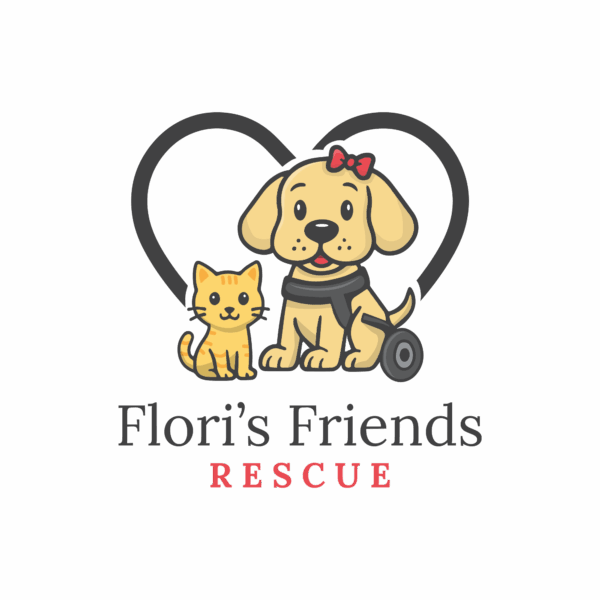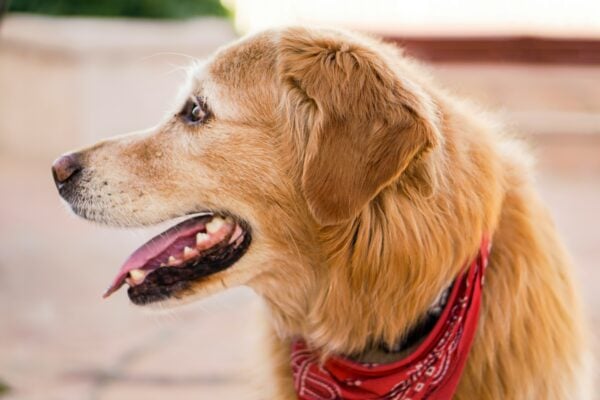We all know how uncomfortable toothache is but how do you know if your dog has toothache?
A change of eating habits: lack of appetite, less interest in hard food or treats, your dog may be chewing on one side of their mouth, dropping food while eating. Some dogs change their behaviour and swallow food whole, to avoid uncomfortable chewing. Your dog may appear hungry and excited for food but turns their nose up at it when you feed them.
Bad breath is not normal in dogs, it’s due to a build-up of bad bacteria in your dog’s mouth and can cause more serious issues if untreated.
Red or inflamed gums are a key early indicator of poor dental health so have a check in your dog’s mouth (very gently, and regularly) to know what is going on.
Drooling: more saliva is naturally produced when there is an issue in the mouth, if you notice your dog drooling more than usual, this can be caused by gum conditions or various dental/oral problems.
Bleeding from the mouth you should seek veterinary advice immediately.
Changes in behaviour: pawing at their mouth, reluctant to let you touch their face, lip-smacking or licking their lips, scratching their ears, shaking their head can also be signs of dental problems. A key one to spot is a dog with dental problems often doesn’t groom themselves properly, because their mouth is uncomfortable.
Some dogs do not present any obvious signs that they are in dental discomfort, especially if it has been present for a long time. This is why it is so important to take your dog to have their mouth, gums, and teeth regularly checked by a vet.
If you have concerns about your dog’s oral health, please see your vet as the sooner its treated, the sooner your dog can be well. Dog’s teeth play an important role in their overall health, keeping their teeth healthy is crucial to their wellbeing.
Newsletter Sign Up
Don’t miss out and join our monthly newsletter!

